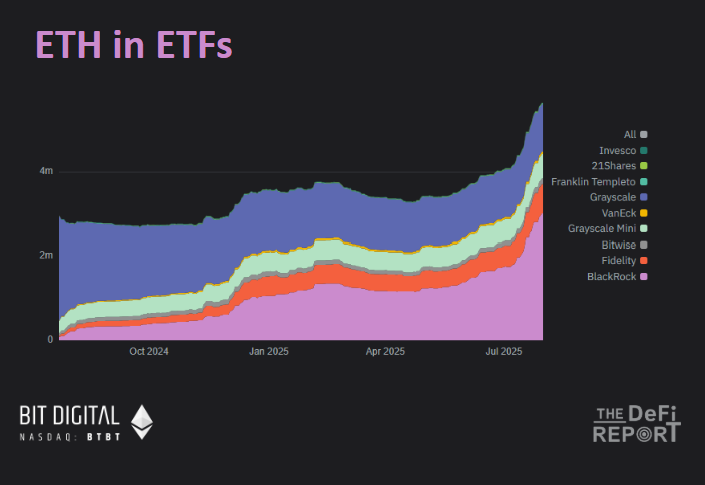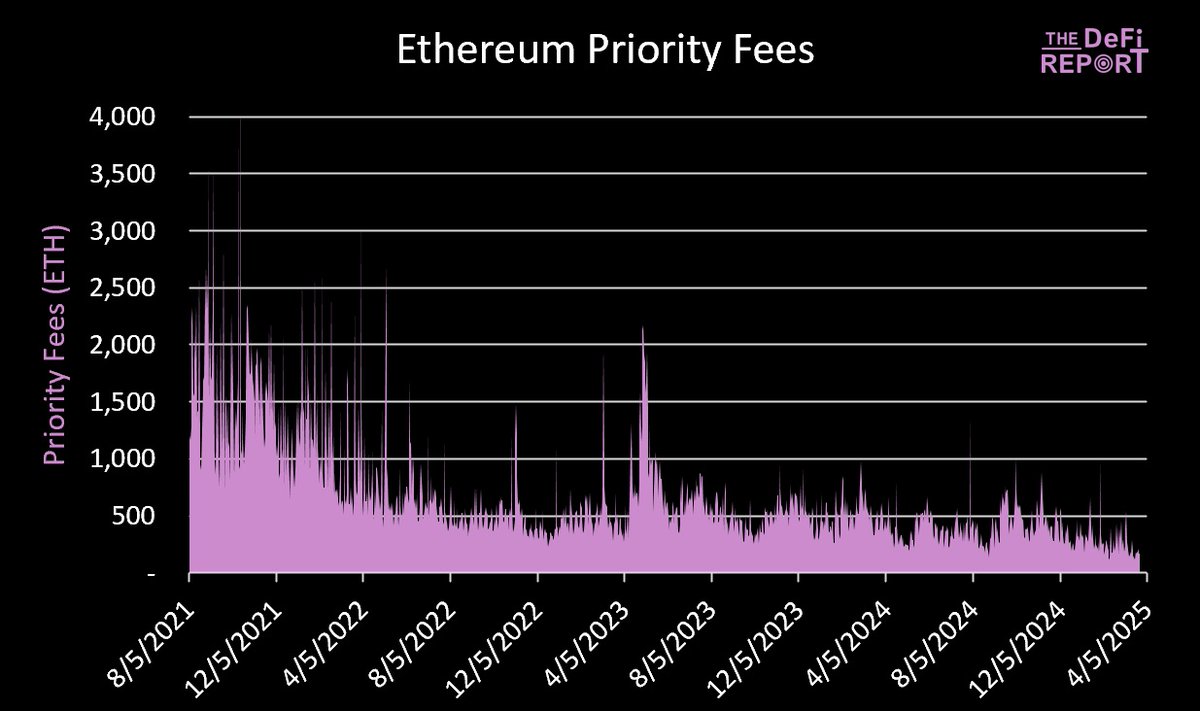Telegram has:
- Over 900 million active users
- A trusted brand that stands for something while aligning with crypto: 1) freedom to communicate privately, 2) freedom to express yourself publicly, 3) freedom to build your apps and businesses.
- A 10x lead on its closest competitor (Signal)
- A smart contract network that can scale with user growth
- A wallet natively built into the Telegram app
- Integration with USDT for stablecoin payments
It appears that Telegram is a social/communication network that is backing its way into blockchain/crypto for payments & other use cases.
Sort of like the "everything app" Elon Musk has hinted at with X.
Excited to see what apps get built on TON and follow Telegram's growth onchain.
Data: Telegram all-time token holders vs daily fees via @tokenterminal
P.S. Telegram has 30 employees and averages 2.5 million new users onboarded per day (!)
- Over 900 million active users
- A trusted brand that stands for something while aligning with crypto: 1) freedom to communicate privately, 2) freedom to express yourself publicly, 3) freedom to build your apps and businesses.
- A 10x lead on its closest competitor (Signal)
- A smart contract network that can scale with user growth
- A wallet natively built into the Telegram app
- Integration with USDT for stablecoin payments
It appears that Telegram is a social/communication network that is backing its way into blockchain/crypto for payments & other use cases.
Sort of like the "everything app" Elon Musk has hinted at with X.
Excited to see what apps get built on TON and follow Telegram's growth onchain.
Data: Telegram all-time token holders vs daily fees via @tokenterminal
P.S. Telegram has 30 employees and averages 2.5 million new users onboarded per day (!)

• • •
Missing some Tweet in this thread? You can try to
force a refresh





















